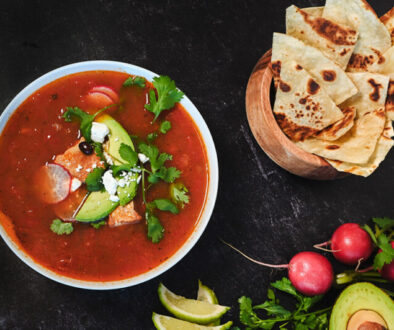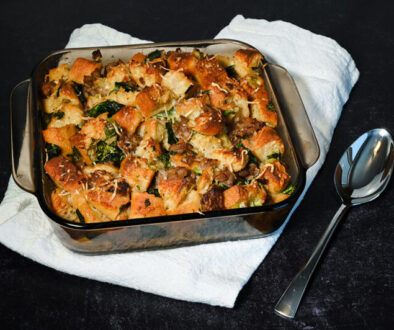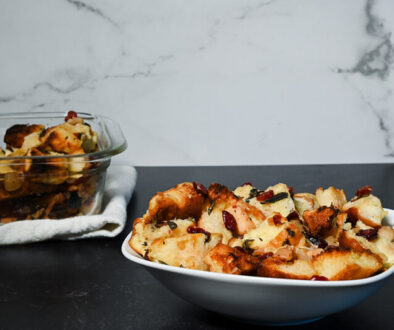Victorian Christmas Gifts
Christmas gift-giving for Victorians was not entirely different from today’s holiday gift-giving — it was easily the most exciting part of celebrating Christmas, certainly for children, but also for adults. What Victorian ladies and gentlemen and children gave to each other at Christmas has changed a lot since the late 1800s, but there are some wonderful and surprising similarities to today.
While the frenzy of shopping at Christmas for store-bought gifts in Victorian times certainly rivaled the holiday shopping frenzy of today, Victorian women frequently made their holiday gifts by hand. Scarves were knitted, fancy bags were sewn, and detailed decorative stitching that took an extraordinary amount of time began months in advance. Certain of these handmade items were also donated to charity Christmas bazaars.

“Making Christmas presents served a twofold purpose in the life of a Victorian woman,” according to The Gift of Christmas Past: A Return to Victorian Traditions, by Sunny O’Neil. “It helped to make money for a worthy cause, and it was a genuine form of recreation. Needlework, since it was so time-consuming, was worked on constantly; but in between needlework projects, other objects were put together.”
Gifts of homemade food were also popular during the late 1800s, as much as getting homemade Christmas cookies from friends is today. Flowers and plants were always well-received in Victorian times, just as getting a Christmas cactus or a Narcissus bulb is today. Victorian writers of the day made suggested gift lists for all, just as today’s magazine or newspaper gift guides, shopping television channels, e-blasts, and social media ads do.
“Presents such as doilies, silver tea balls, and tea strainers for the hostess’ tea table were popular; and for the parlor, there were photograph frames in silver, fabric, or leather. For the bedrooms, dressing-table mirrors were suggested, and boxes, fans, vases and jewelry were said to be welcome additions,” according to O’Neill, while popular gifts for men were cigars and cigarette cases, scarves and mufflers, and umbrellas.
Boys in Victorian times enjoyed getting toolboxes, boxing gloves, sleds and skates, stamps and stamp albums, lanterns and jackknifes, books of adventure, cap pistols and marbles. Little girls in Victorian times enjoyed getting gifts that enabled them to imitate their older sister with things such as a party fan, some jewelry, a sachet, note paper and books. Some girls enjoyed getting a pet canary, and of course, almost always a doll or two, depending upon her age.
Today’s favorite holiday gifts are most likely to involve an electric cord or an internal battery. But some people will welcome an antidote to our plugged-in society. Consider gifting something a bit Victorian, perhaps something made by hand this year, and don’t be surprised if friends say they love it.
Here are two examples of homemade Christmas gifts from O’Neill’s The Gift of Christmas Past, sourced from Victorian-era magazines:

Marble Bags
from American Agriculturist, December 1889
Materials needed:
- Bright scrap fabrics
- Thread
- String or cord
Tools needed:
- Scissors
- Needle
Small boys always welcomed marble bags. Marble bags can be made by odd pieces of sturdy cotton fabric about five inches long and three inches wide stitched on three sides (two long and one short) right sides together. Before turning the bag right side out, make a casing for the cord or string.

A Checkerboard Scent Bag
from Harper’s Young People, 1884
Materials needed:
- Scarlet ribbon 60 inches long
- Pale blue ribbon 60 inches long
- Thread
- Cotton for stuffing
- Heliotrope sachet powder*
Tools needed:
- Scissors
- Needle
Cut each ribbon into ten pieces and weave together in a checkerboard pattern. Stitch three sides together then put a piece of cotton inside with heliotrope powder. Stitch the fourth side.
* Today, a scent of vanilla oil or other scented oil would be a good substitute. Heliotrope is a toxic plant that was used in 1884 for its vanilla scent with a touch of licorice but can cause liver damage if consumed in large amounts.



